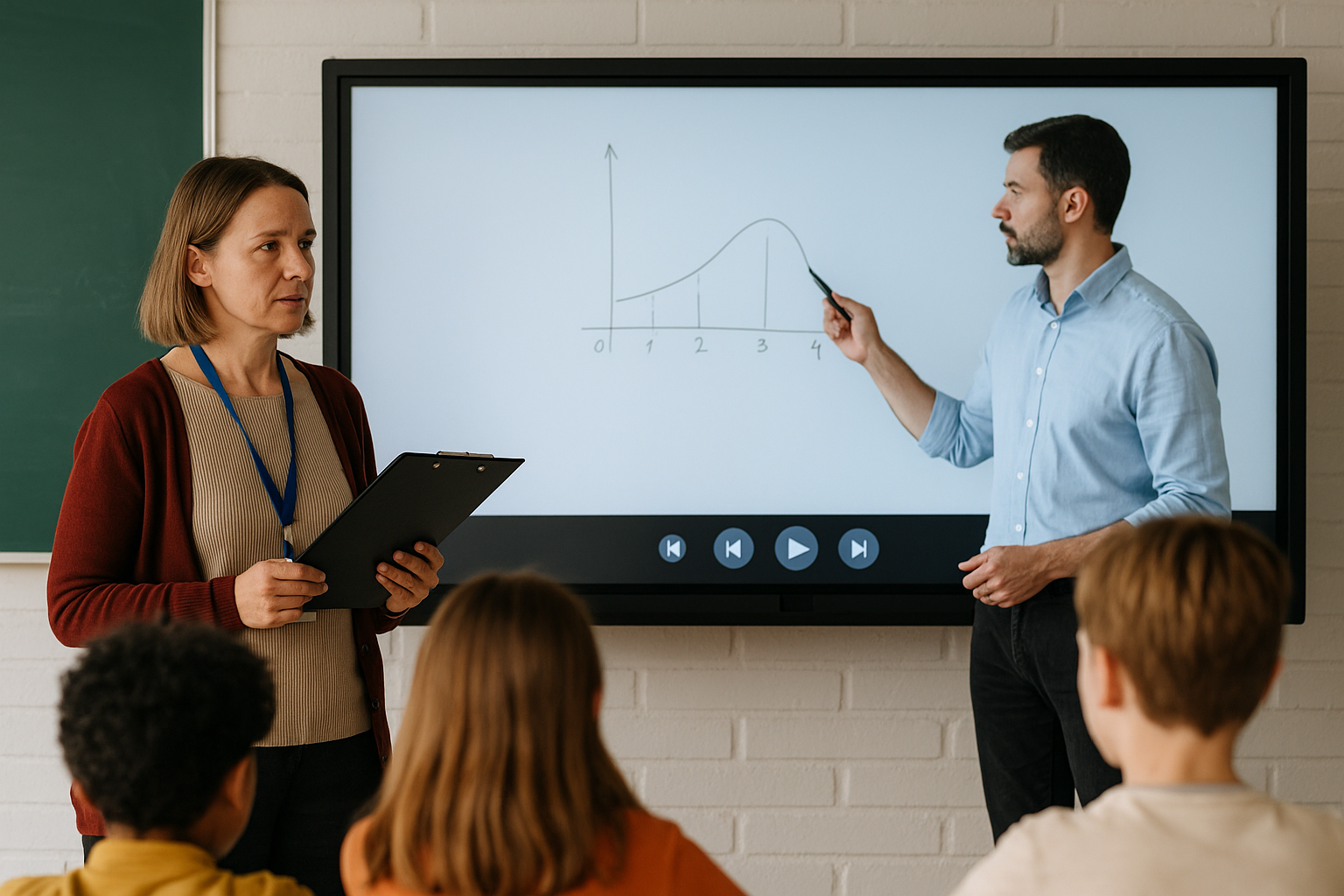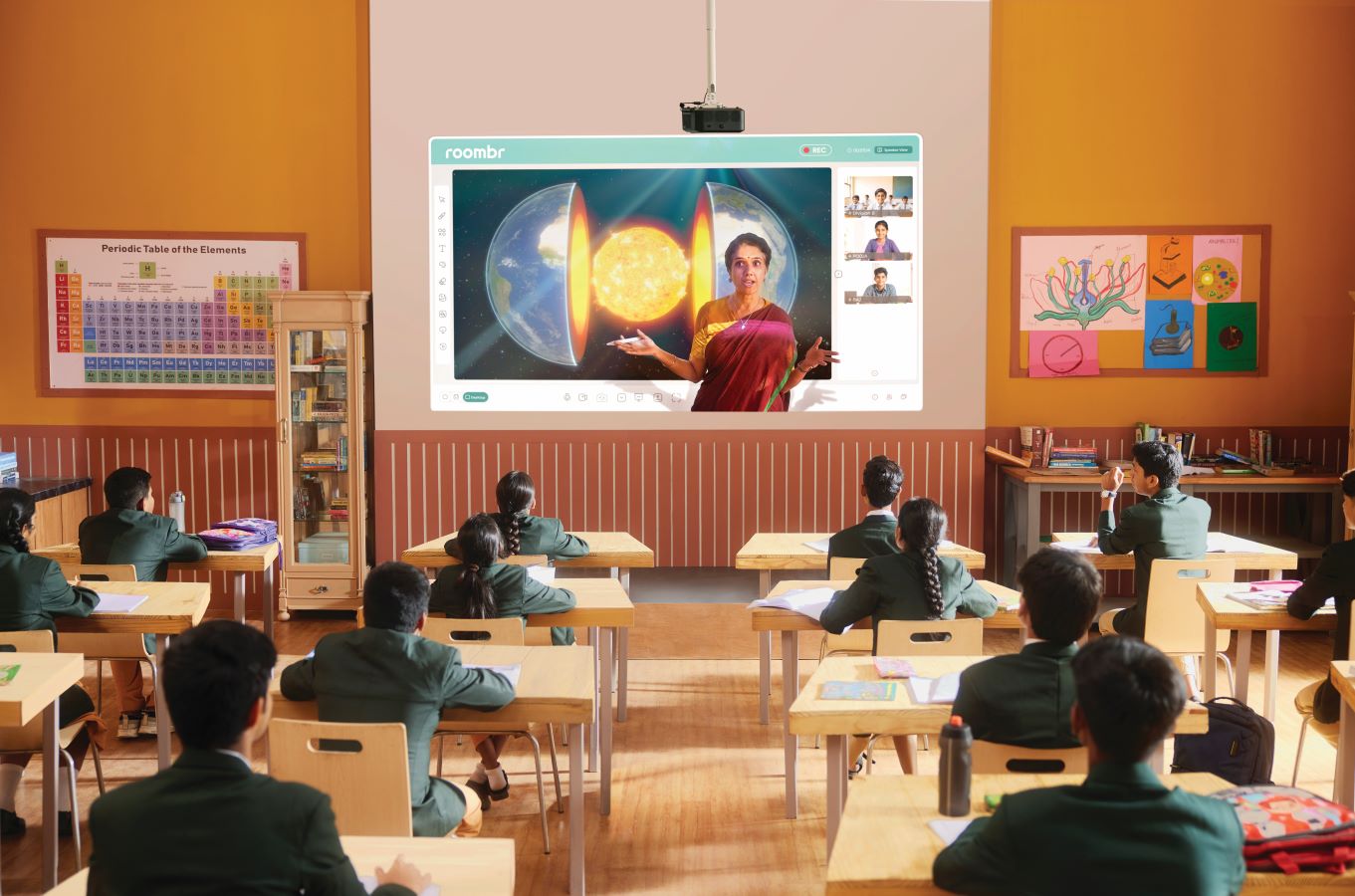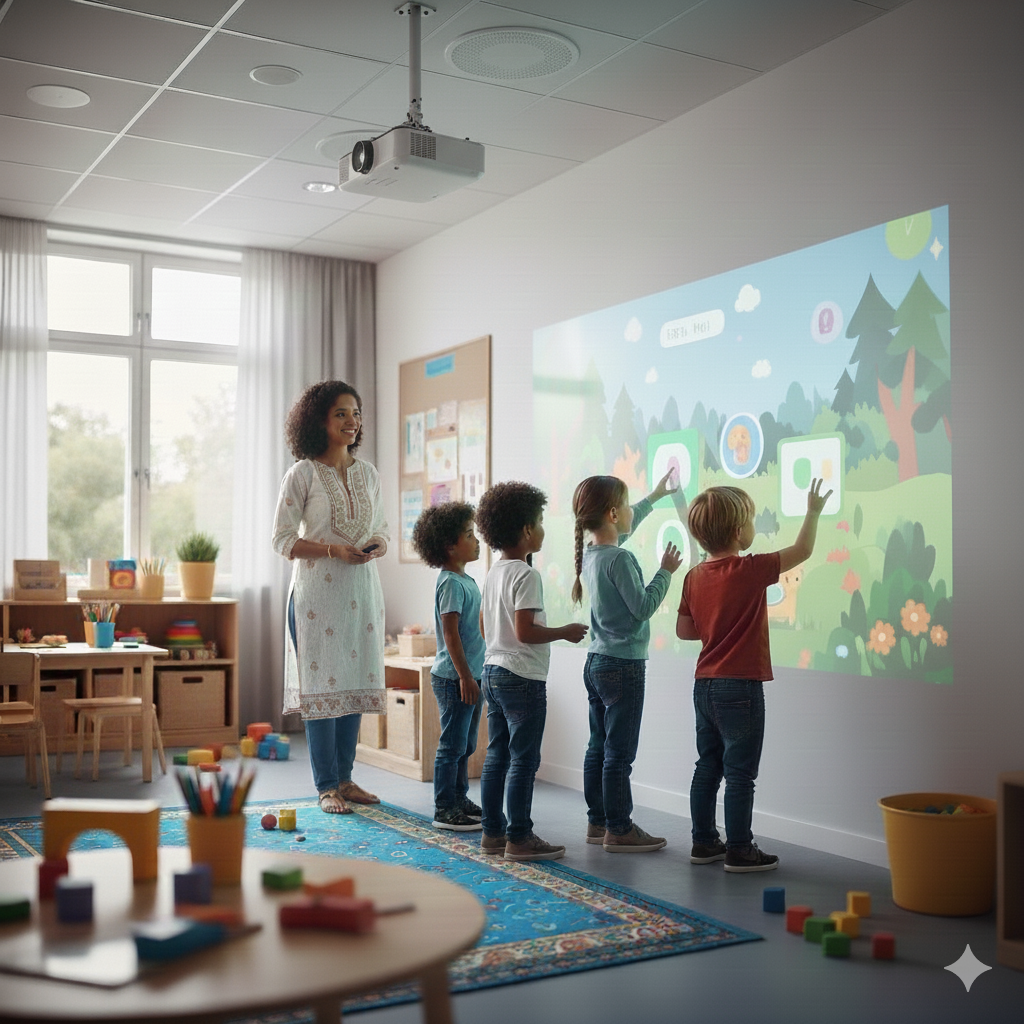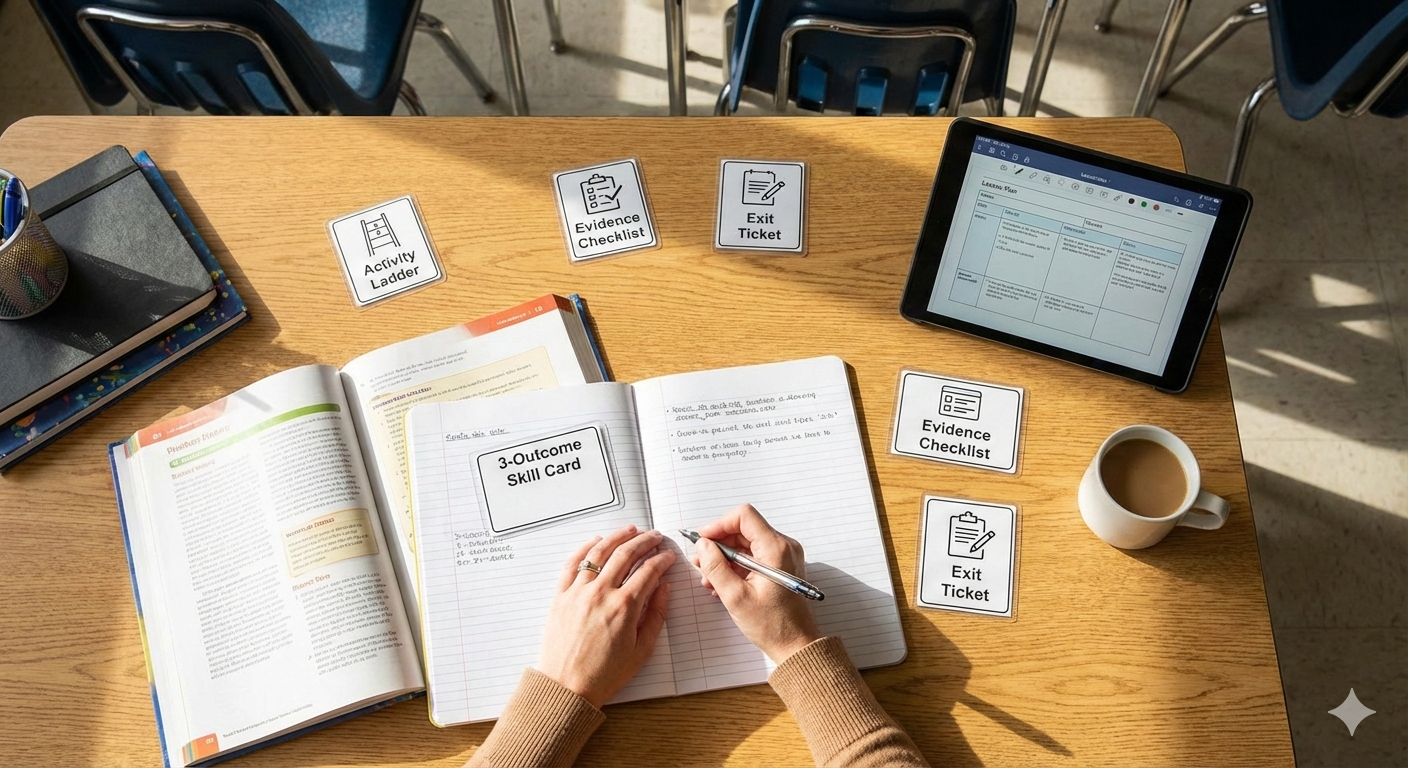How Digital Boards Can Help Schools Manage Substitute Teachers Better

When a teacher needs to take time off, learning inside a classroom may come to a halt. Substitute teachers may walk into a room with no clear plan, limited context, and a group of students unsure what to expect. In some cases, the day turns into a holding pattern of assignments, movie screenings, or revision work that doesn’t quite match the syllabus.
This is where digital boards step in, not as a backup tool, but as a practical way to keep learning on track when regular teachers can’t be there.
The Real Challenge of Unplanned Substitutes
Ask any educator, and they’ll tell you: the hardest part of managing substitute teaching isn’t scheduling, it’s maintaining teaching quality.
When substitutes aren’t familiar with the curriculum or don’t have access to the right materials, they’re stuck improvising. Students sense that quickly, and classroom engagement dips.
It’s not a matter of poor effort. It’s a matter of poor tools. You can’t expect quality outcomes without giving substitutes the same resources full-time teachers use.
Where Digital Boards Make a Difference
Today’s digital boards aren’t just upgraded blackboards. They combine display, storage, interactivity, and multimedia—all in one platform.
More importantly, they make lesson continuity possible. Even if the regular teacher is away, the class doesn’t have to pause.
Here’s how.
1. Teachers Can Leave Behind Pre-Recorded Lessons

With a digital board for classroom use, teachers can record lessons in advance—screen annotations, voice explanations, everything. If they know they’ll be away, or just want a backup for emergencies, they can prepare and save key lessons.
Substitutes then only need to play these recordings. The students still hear the lesson from their own teacher, which helps maintain rhythm and trust.
No more handing over vague notes or hoping a substitute can figure things out in five minutes.
2. Everything is Stored and Easy to Find
A smart board for teaching often includes folders for files, links, and teaching aids. Lesson plans, PDFs, slide decks—everything can be saved on the board itself or linked to cloud storage.
This means even if a substitute has never taught that class before, they can access what they need with just a few taps.
It reduces prep time. It avoids confusion. And it helps everyone stay focused on the actual teaching.
3. Substitute Teachers Can Use Built-In Tools to Keep Classes Engaged
Engagement is often the first casualty in a substitute-led class. Students pick up on any hesitation or gaps.
But many digital boards come with tools like live polls, timers, interactive quizzes, drawing tools, and touch-based activities. Even if the substitute isn’t a subject expert, they can use these features to drive participation.
Instead of reading out notes, they can run a quiz or annotate a diagram with the class, keeping the session interactive.
4. Students See Familiar Content, Not a Disruption
One of the subtle but powerful benefits of using a digital board for teaching is visual consistency.
When a substitute opens the day’s lesson and students see their usual class notes, layout, or chapter flow, it reassures them that the class is still progressing.
This is especially important in subjects like math or science, where missing a step can affect the entire unit. A clear, familiar visual helps learners pick up right where they left off.
5. Admins and Coordinators Can Plan Ahead More Easily
From a school operations standpoint, digital boards simplify substitute coordination. Lessons can be saved by date, grouped by subject, and labeled clearly. If a teacher is out, the school leader just needs to assign the right file or folder.
No frantic calls. No digging through messages. Just a clear system anyone can use.
It makes substitute teaching not just reactive, but planned, even when it’s last minute.
Benefits for Institutions
Investing in a digital board for teaching does more than solve the substitute teacher problem. It also:
- Reduces emergency lesson planning
- Decreases lost teaching hours over the year
- Makes academic scheduling more predictable
- Builds a professional support system for teachers
Importantly, it minimizes the learning gap that often widens due to frequent staff shortages especially in senior secondary or subject-intensive classes.
Tips for Teachers to Prepare for Sub Coverage
Even with the best digital board, preparation helps. Here’s how schools can create a strong system:
- Record fallback lessons for each subject chapter
- Create shared folders with topic-wise files on the smart board
- Leave brief substitute notes about class behavior or preferences
- Update lesson progress regularly, so substitutes know where to begin
A small investment in teacher workflow pays off massively during emergencies.
Final Thoughts
Substitute teaching doesn’t have to be a weak link. Schools that invest in structure, not just staff, find that students stay on track, even when schedules don’t go as planned.
A digital board doesn’t replace the teacher. But it does ensure the class isn’t left in the dark.
By making substitute lessons more organized, more interactive, and more aligned with the regular flow, schools can protect instructional time. They can give every student the consistency they deserve.
Learn how innovative tools like Roombr Digital Classroom are helping schools streamline classroom management and ensure uninterrupted learning—even when the unexpected happens.
Foziya Abuwala
Share
Step Into the future of
Education with Roombr

















